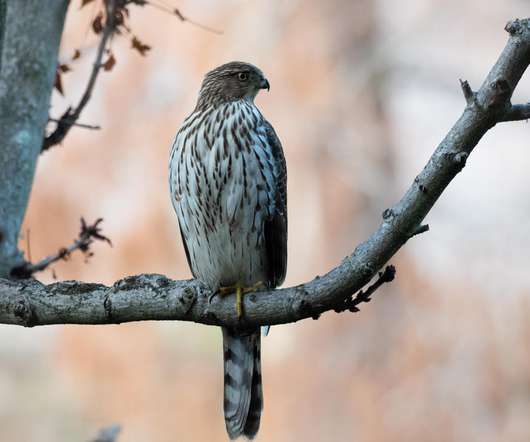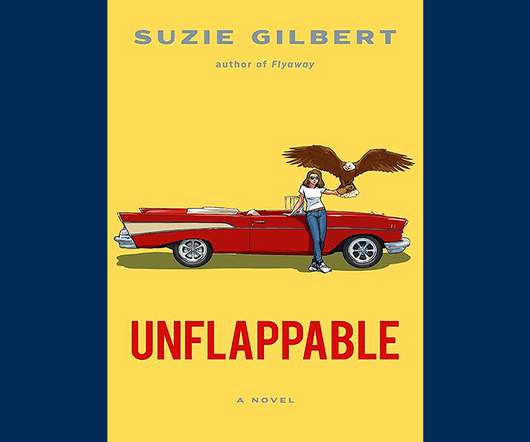The Gas Station Bird
10,000 Birds
JUNE 13, 2021
When the photo was posted on social media, people immediately began making calls – to the local wildlife rehabilitation center, the state falconry club, and the wildlife division of the state wildlife agency. But since it wasn’t a wild bird and it wasn’t a falconry bird, it wasn’t under anyone’s control.











Let's personalize your content